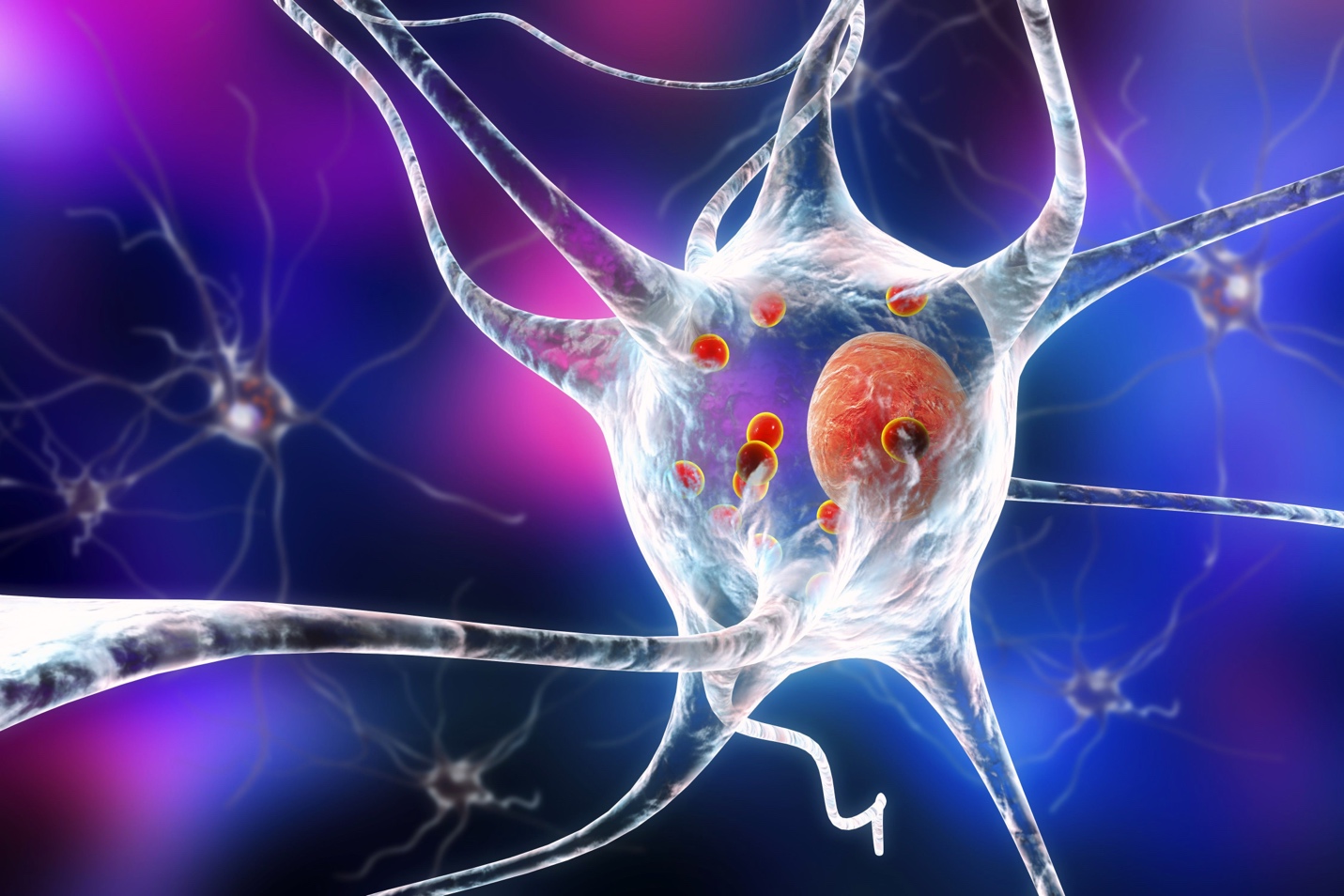©2014-2026 Penscott Management Corporation. All rights not expressly granted herein are reserved. The APO E Gene Online Program™ and the APO E Gene Program™ are part of the APO E Gene Diet®, which is a registered trademark of Penscott Corporation.
Information on this website is intended for informational purposes and is not a substitute for medical advice, diagnosis, or treatment. Learn more.
Parkinson's disease, a progressive neurological disorder, affects millions of people worldwide. While genetics can play a role in disease risk, adopting a healthy lifestyle and making dietary changes can be influential in mitigating the likelihood of developing Parkinson's disease. For individuals with the APOE e2 genotype, who carry a potentially protective gene variant, the right dietary choices can act as a nutritional shield against Parkinson's. Today we will explore the connection between dietary changes, the APOE e2 genotype, and reducing the risk of Parkinson΄s disease.
Understanding the APOE e2 Genotype
The APOE gene has three common variants: e2, e3, and e4. Individuals with the APOE e2 genotype have a unique genetic makeup that may offer some protection against neurodegenerative disorders like Parkinson's disease. The APOE e2 variant has been associated with reduced inflammation, enhanced lipid metabolism, and improved brain function. While the e2 genotype may not guarantee immunity from Parkinson’s, it does suggest a potentially lower – risk if dietary changes are adopted.
Emphasizing an Anti-inflammatory Diet
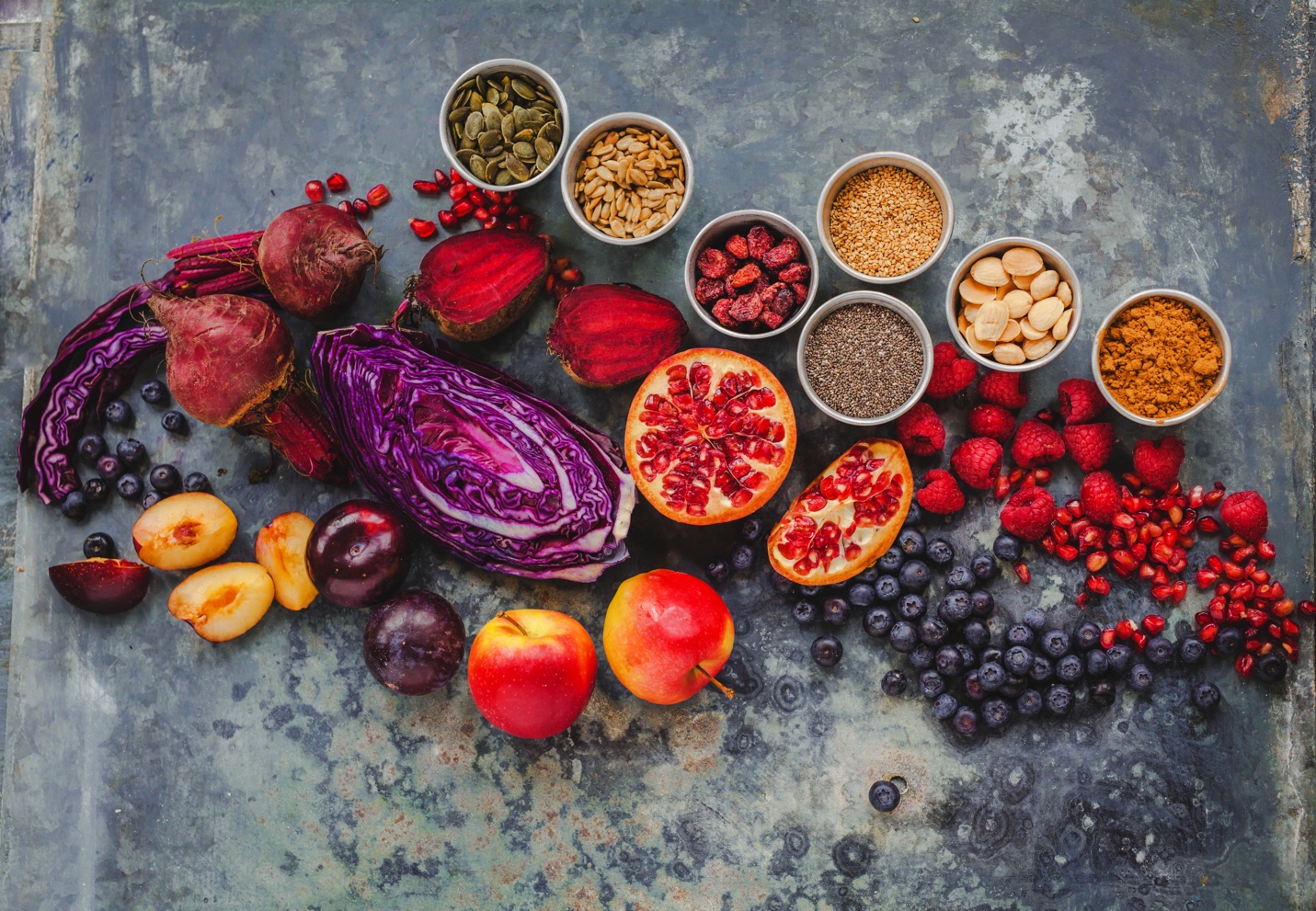
Studies have indicated that adopting an APOE gene anti-inflammatory type diet can be particularly beneficial for individuals with the APOE e2 genotype in reducing Parkinson's disease risk. This diet is rich in fruits, vegetables, whole grains, legumes, nuts, and seeds, includes moderate consumption of wild fish and whole food plant proteins, and uses plant-based oils such as olive and avocado oil, as the primary source of fat. These dietary choices contribute to the anti-inflammatory and antioxidant properties of the APOE e2 diet, which can complement the protective effects of the e2 genotype.
The Power of Antioxidants and the Right Supplements
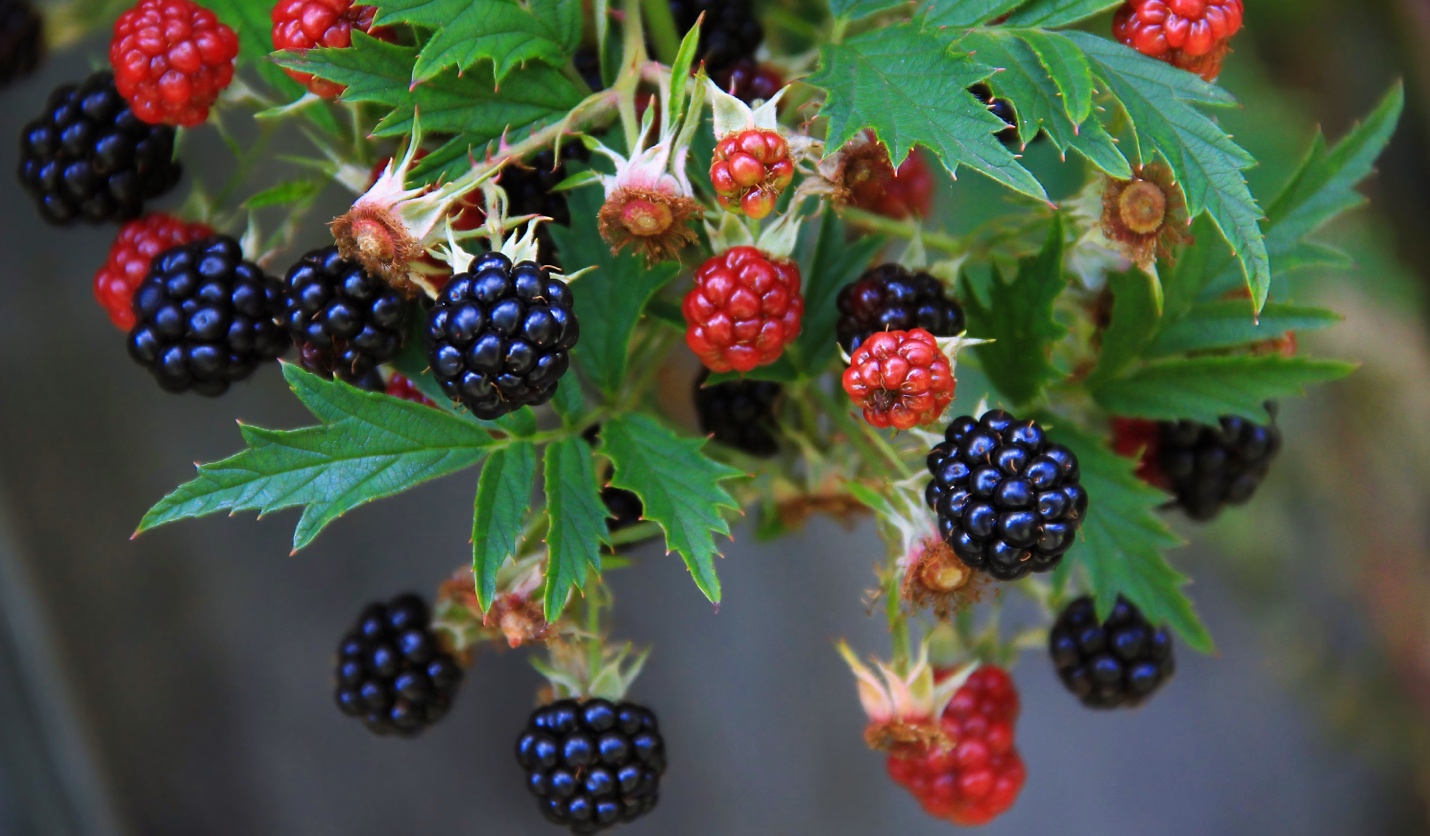
Antioxidants play a powerful role in neutralizing free radicals, which are harmful molecules that can damage cells and contribute to neurodegeneration. An APOE e2 diet high in antioxidant-rich foods, such as berries, leafy greens, and colorful fruits and vegetables, can further enhance the natural protective mechanisms of the APOE e2 genotype. By reducing oxidative stress, these antioxidants may help safeguard brain health and reduce the risk of Parkinson's disease.
Brain-Boosting Nutrients: Essential Omega-3 Fatty Acids
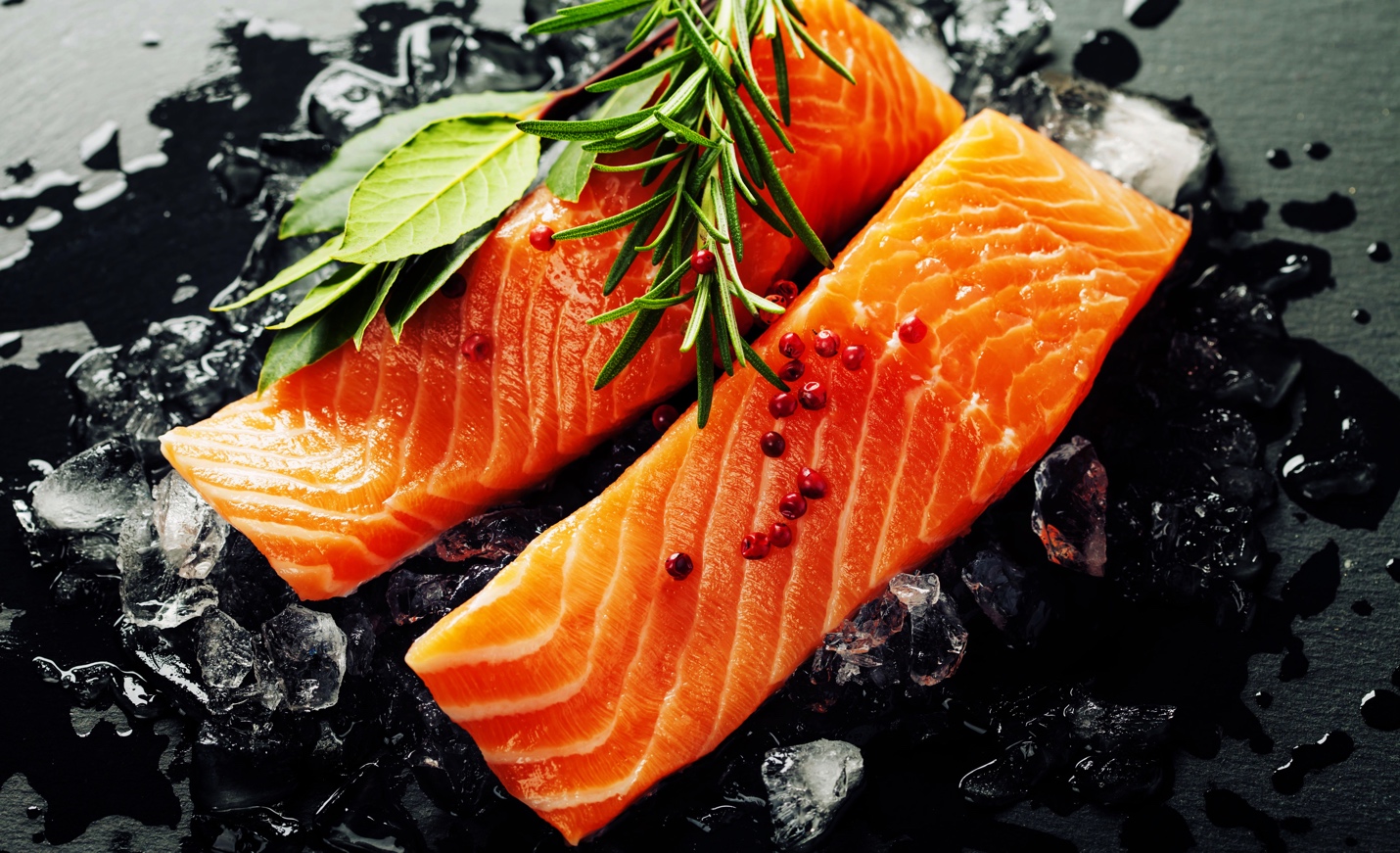
Omega-3 fatty acids are essential for brain health and have been linked to a decreased risk of neurodegenerative diseases. Adding Omega-3s into the diet is crucial because the body lacks the ability to create them, and they can only be obtained when consumed.
Foods high in omega-3 fatty acids can be particularly beneficial for APOE e2 genotypes and include:
- Fatty fish (salmon, mackerel, and sardines)
- Flaxseeds
- Chia seeds
- Walnuts
These foods with healthy fats may enhance brain function and provide additional neuroprotective effects.
Reducing Processed and Sugary Foods

I would be remiss if I didn't point out the “sugar factor“ for APOE e2 genotypes.
For some reason, APOE e2’s just love sugar – some of my patient call sugar their “additive drug.” Processed and sugary foods are associated with inflammation and may cause a higher risk factor for the APOE e2 genotype. To optimize the protective effects of an anti-inflammatory diet for this gene variant, individuals should reduce their intake of processed foods, sugary snacks, and refined carbohydrates. Instead, they should focus on their individual recommended APOE gene diet providing whole, nutrient-dense foods to promote brain health and overall well-being.
Staying Hydrated

Adequate hydration is essential for brain function and overall health. Drinking enough water supports proper cellular function, helps remove waste products, and maintains optimal brain function. Staying hydrated can complement the protective mechanisms of the APOE e2 genotype and contribute to reducing Parkinson's disease risk. Most patients I see do not know how to optimally hydrate themselves – and what they have been told to do by other providers has not helped. I teach my patients how to optimally drink water during the day, so that hydration is optimized, and the brain does not swell and cause inflammation in the cells. This is a critical part of the APOE e2 gene plan of care.
While genetics can influence disease risk, making dietary changes based on the APOE gene type, can be a proactive step in reducing the likelihood of developing Parkinson's disease. For individuals with the APOE e2 genotype, implementing a diet rich in antioxidants, omega-3 fatty acids, and wholesome foods can act as a nutritional shield against neurodegeneration. By emphasizing a brain-boosting APOE gene diet and staying hydrated, individuals with the APOE e2 genotype can optimize their protective genetic factors and support brain and neurological health. It's essential to remember that lifestyle changes, including dietary modifications, are part of a comprehensive approach to reducing disease risk. If you have an APOE e2 genotype it is crucial to tailor a personalized APOE Gene diet plan that aligns with individual health needs and goals.
Pamela McDonald
APOEGeneProgram.com
P.S.: Sample Recipes for Your Health
I’ve included these recipes to demonstrate that a healthy diet can also be incredibly flavorful. The APOE Gene Diet Program features a full library of delicious and nutritious recipes, and these are just two to get you started!
Spicy Organic Tomato Seafood Pasta
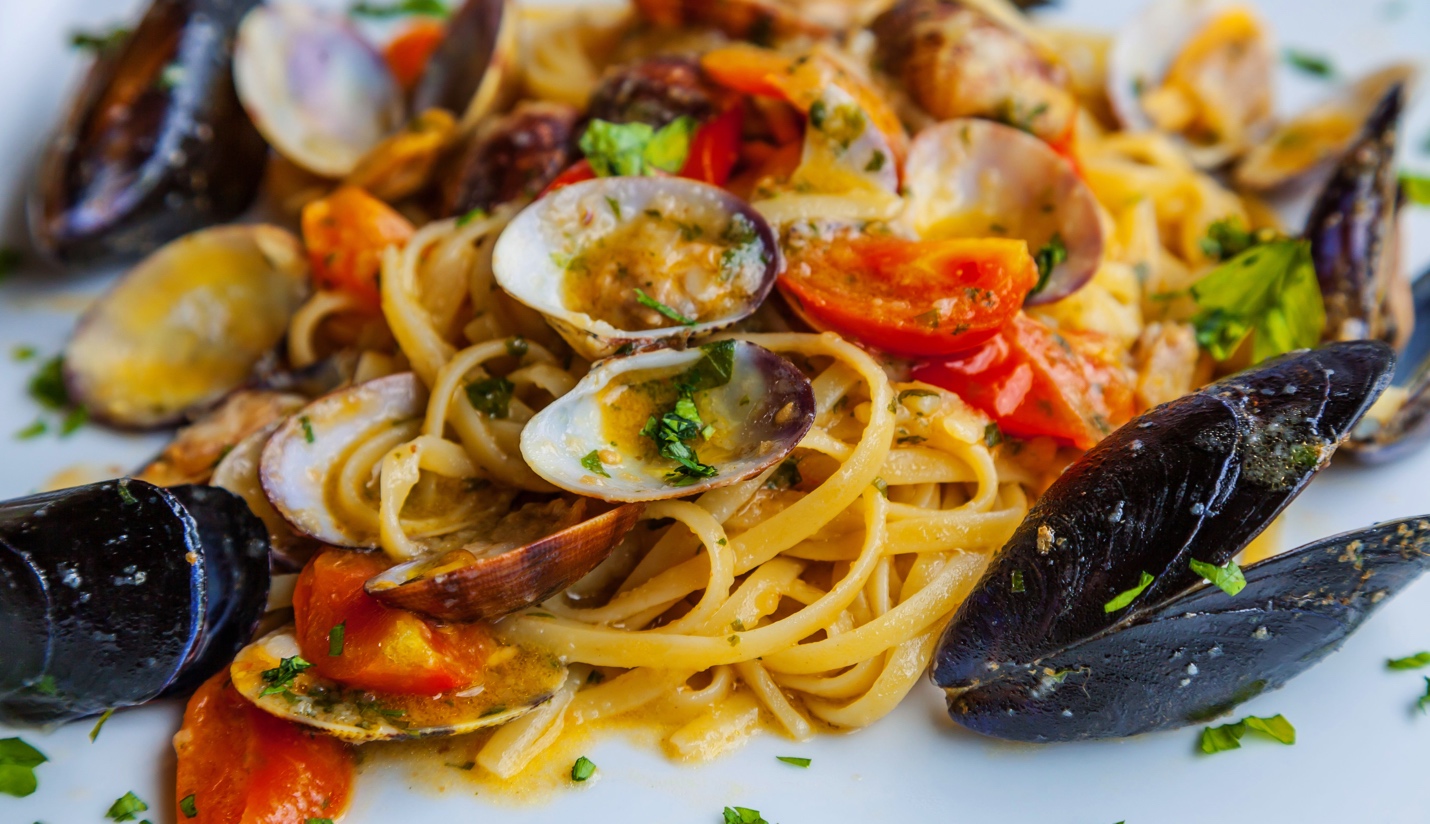
This recipe is dairy- and gluten-free, packed with vegetables and has a delicious kick of spice! This Spicy Tomato Seafood Pasta is a diary- and gluten-free, packed with vegetables with a kick of spice. It's perfect for a hearty, delicious, and healthy dinner.
Ingredients
8 oz. organic regular or gluten-free pasta (such as brown rice or chickpea pasta- optional)
4 tablespoons Organic Extra Virgin olive oil
1 onion, finely chopped
1 red bell pepper, chopped
1 yellow bell pepper, chopped
1 zucchini, diced
1 cup cherry tomatoes, halved
1 cup stewed tomatoes diced tomatoes (look for “no salt added” when buying your stewed tomatoes, and buy them in glass not in cans).
½ teaspoon red pepper flakes (adjust to your spice preference)
1 teaspoon dried oregano
1 teaspoon dried basil
6 oz. fresh spinach (wash and set aside - add at the end)
½ cup vegetable broth
½ cup canned soy or almond milk
8 oz. mixed seafood (shrimp, scallops, baby clams, mussels or your choice)
¼ cup fresh basil leaves, chopped, for garnish
Salt and black pepper to taste
Lemon wedges, for serving
Instructions
- Cook the gluten-free pasta according to the package instructions until al dente. Drain and set aside.
Prepare Sauce
- In a large skillet, heat olive oil over medium heat. Add chopped onion, sautéing for 2-3 minutes or until they become fragrant and translucent.
- Add sliced red and yellow bell peppers, zucchini, and cherry tomatoes to the skillet. Sauté all vegetables (except the spinach) for about 5 minutes or until the vegetables start to soften.
- Stir in diced tomatoes, red pepper flakes, dried oregano, dried basil, salt, and black pepper. Cook for another 3-5 minutes to combine the flavors.
- Pour in vegetable broth and slowly add in soy or almond milk. Bring the mixture to a simmer continuously stirring and let it cook for about 5 -7 minutes, allowing the sauce to thicken slightly.
- Add mixed seafood.
- Cook for 3-5 minutes, or until the seafood is cooked through and opaque.
- Stir in the fresh spinach and cook for another 2-3 minutes.
- Taste the sauce and adjust the seasoning, adding more salt, pepper, or red pepper flakes as needed for your desired level of spiciness.
To serve, spoon the spicy tomato seafood sauce over the cooked gluten-free pasta. Garnish with fresh basil leaves and serve with lemon wedges on the side.
APOE Gene Vegan Blueberry and Yogurt Cream Tart

This tart is not only dairy-free but also a delightful, fruity, and creamy dessert that’s perfect for any occasion. Th organic granola pie crust adds a lovely nutty sweetness and crunch to your pies while being vegan and made with wholesome ingredients. Enjoy!
Organic Granola Pie Crust
Ingredients
2 cups organic whole grain oats (gluten-free if needed)
½ cup sliced organic almonds
½ cup organic currants (or raisins)
¼ cup organic maple syrup
¼cup organic olive oil
½ teaspoon pure vanilla extract
A pinch of salt
Instructions
Preheat oven to 350°F (175°C).
- In a large mixing bowl, combine the whole grain oats, sliced almonds, and currants.
- In a separate smaller bowl, whisk together the maple syrup, olive oil, vanilla extract, and a pinch of salt until well combined.
- Pour the wet ingredients over the dry ingredients in the larger bowl.
- Stir and mix everything together until the oats, almonds, and currants are evenly coated with the maple syrup and olive oil mixture. The mixture should clump together slightly.
- Transfer the granola mixture to a 9-inch (23 cm) pie pan. Use a spatula or the back of a spoon to press the granola mixture firmly and evenly into the bottom and up the sides of the pie pan to form the crust.
- Bake the crust in the preheated oven for 12-15 minutes or until it becomes lightly golden brown. Keep an eye on it to prevent over-browning.
- Remove the crust from the oven and allow it to cool completely before adding the yogurt cream filling.
Yogurt Cream Filling
Ingredients:
1½ cups almond yogurt
⅛ cup maple syrup (adjust to taste)
1 teaspoon pure vanilla extract
Instructions
- In a medium-sized bowl, whisk together the dairy-free yogurt, maple syrup, and pure vanilla extract until well combined.
- Taste and adjust the sweetness if needed.
- Once the tart crust has cooled, spread the yogurt cream filling evenly over the crust.
Blueberry Topping
Ingredients
1 ½ cups fresh blueberries (or frozen, thawed)
1 tablespoon maple syrup
1 tablespoon cornstarch or arrowroot powder
¼ cup water
½ teaspoon powder sugar – very light dusting
Instructions
Two Topping Options:
Option One
- Arrange 12 fresh blueberries on top of the yogurt cream filling filling.
- Refrigerate the tart for at least 2 -3 hours or until it's set.
Option Two
- In a small saucepan, combine the fresh blueberries, maple syrup, cornstarch or arrowroot powder, and water.
- Cook over medium heat, stirring gently, until the mixture thickens and the blueberries release their juices, about 5-7 minutes.
- Remove the blueberry topping from heat and let it cool for a few minutes.
- Carefully spoon the blueberry topping over the yogurt cream filling in the tart crust, spreading evenly.
- Refrigerate the tart for at least 2 -3 hours or until it's set.
Before serving, you can garnish with extra fresh blueberries or a drizzle of maple syrup if desired.
RESEARCH
Here is a list of some key research studies and findings related to nutritional research, the anti-inflammatory diet, and the APOE e2 genotype in the context of preventing Parkinson's disease and type 3 hyperlipidemia (also known as dysbetalipoproteinemia or remnant cholesterol disorder).
Anti-Inflammatory Diet and Parkinson's Disease: APOE2 Genotype and Hyperlipidemia
Apolipoprotein E: far more than a lipid transport protein. This comprehensive review discusses the role of apolipoprotein E, including the APOE2 genotype, in lipid metabolism and its implications for hyperlipidemia.
Homozygous familial hypercholesterolaemia: new insights and guidance for clinicians to improve detection and clinical management. While this focuses on familial hypercholesterolemia, it provides insights into the genetic factors affecting lipid metabolism.
Complementary functions of the flanking and the ligand-binding domains of hepatic lipase in vivo. This study investigates the functional aspects of hepatic lipase, which is involved in lipid metabolism, including the APOE2 genotype's potential impact.
Talmud, P. J., & Holmes, M. V. (2007). Deciphering the APOE-SPTLC3 locus in plasma apolipoprotein B levels. This research examines the genetic factors influencing plasma apolipoprotein B levels, which are related to hyperlipidemia.
These studies provide valuable insights into the role of nutrition and genetics in preventing or managing Parkinson΄s disease and type 3 hyperlipidemia. Keep in mind that ongoing research in these fields continues to expand our understanding of these conditions, and it΄s essential to stay updated with the latest findings for the most accurate information and guidance.
